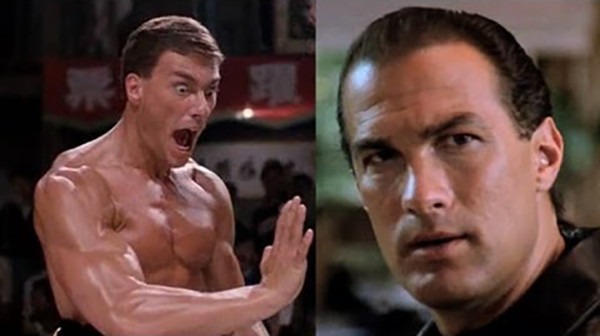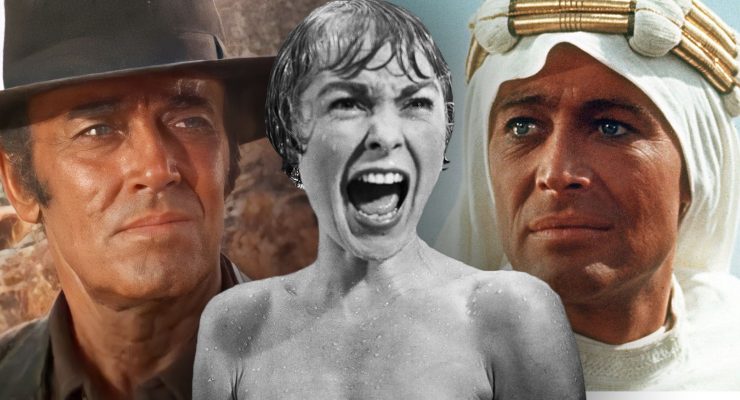Zeb Larson reviews Strange Fruit #3…
The townspeople of Chatterlee make every effort to conscript the stranger to help with the fast-failing levee—but the growing racial divide in town makes choosing sides virtually impossible even as the clock ticks towards disaster.
As is the case with many penultimate issues, Strange Fruit #3 sees just about everything hit the fan. Chatterlee’s looming crises are no longer casting a shadow over the town; they’re on the verge of obliterating the town. While the flood might be the most pressing issue, there’s an impending race riot and a missing child that could tear everything apart…as well as the issue of their mysterious alien visitor, and what exactly he’s doing in Mississippi of all places. Seeing as how this is my first review of this series, I’ll be touching on some broader themes as well as the fine points of this issue. Warning: I will be discussing some spoilers, so consider yourself forewarned.
The African-American community has been newly energized by the visitor, though Sonny is more determined than ever to get out of town while the getting is good. Despite Miss Lantry’s best attempts, Sonny heads out. The Senator and Lantry are trying to unite everybody to work for the common good, but the Klansmen will have none of that, and lay their hands on some dynamite. McCoy tries to meet with the visitor, and has figured out that they do share a common language of sorts: mathematics and physics. Sonny stumbles on the missing boy clinging to debris in the river, and against his better judgment, he saves him. But his good intentions do not come across to Pickens and his men, while the levee begins to fail.
First of all, I really enjoyed the setting of this book. The 1927 flood is one of those seminal moments in Southern history. At its height, something like 14% of the state of Arkansas was underwater. The stated death toll was around 246, though some historians have claimed that the real death toll was deliberately lowered to minimize public outcry. It sent a new wave of African-Americans to northern cities in search of jobs and away from ruined farms. Herbert Hoover built his 1928 presidential campaign in no small part on his role in providing relief. Finally, the musical legacy of the flood is still with us, as dozens of blues songs were written in the aftermath of the flood.
In the Mississippi Delta, race relations had always functioned a little bit differently than elsewhere in the state. The region’s fertility demanded an incredibly large labor pool, which meant they offered more social services to African-Americans. While African-Americans were still denied any semblance of political or civic equality and never afforded the opportunities available to whites, white leaders at least wanted to keep their labor population available and wanted to maintain some kind of tolerable working relationship. None of that changed their essential racism, but it was subordinated to the goal of making money.
That division between poorer and more racist whites and wealthier whites particularly comes across in the book. Pickens is representative of the Vardamans and Bilbos (racist senators from Mississippi) who preferred to keep the African-Americans down through violence. Lantry and the Senator by contrast are worried about their labor supply. Here is where Jones and Waid get it right, in my opinion. It’s not that Lantry and the Senator aren’t racist, but they have something to lose if the African-Americans are simply brutalized willy-nilly. They’re not exactly good guys, either. McCoy presented Lantry with the choice of flooding the plantation to save the town, but she refuses because it would ruin her and her workers. But if her workers are ruined, they might leave, and if they leave, she’ll definitely be ruined.
In short, the historical flavor of this book is right on. 1927 was not a good time to be anything other than an Anglo-Saxon. McCoy says as much when he admits that the North is only marginally better and less oppressive than Mississippi. After all, it had only been a decade since the East St. Louis Riot. The only thing that I’m a little unsure about the authenticity of is McCoy. I could be wrong, but I assumed that any engineer sent from Washington would be from the Army Corps of Engineers, as they were usually tasked with levee oversight (though I could be wrong; I’m no expert on flood control), and I’m unsure if the organization would have been desegregated at all.
Now, it’s strange that I haven’t yet mentioned the visitor, but he’s almost a kind of Chekhov’s Alien in the series thus far. He’s leapt into action a couple of times, but whether he has any kind of agenda is still unclear, apart from fleeing what seems to have been torture by other aliens. Now the crisis moment is upon the town, though, and by extension the visitor too. How will he react? He’s found no friends among the whites in Chatterlee, and I can’t imagine him leaping to their defense as everything falls apart around him (especially if he learns of what happened to Sonny, who he seems to have a rapport with). Unsurprisingly, the effects of the flood fell hardest on African-Americans. Will that be subverted here? I can’t help but think he’s going to save those who deserve it, but not necessarily those who want it.
Seeing as how we’re so close to the end, I can’t help but speculate as to how all of this will end. I can’t imagine any kind of happy ending, at least not for the whole town. Such a conclusion would be difficult to pull off, especially in light of how it actually played out, and might come across as atonal. Then again, with the Klansmen still out to get the visitor, I can’t imagine this will end with him just patching up the levee and giving a friendly wave to the state of Mississippi. The African-American preacher referred to the visitor as a sign and visitor from God. If that’s the case, Pickens and many others had best hope that God is not just.
Rating: 8.5/10
Zeb Larson
. url=”.” . width=”100%” height=”150″ iframe=”true” /]
https://youtu.be/b7Ozs5mj5ao?list=PL18yMRIfoszEaHYNDTy5C-cH9Oa2gN5ng











